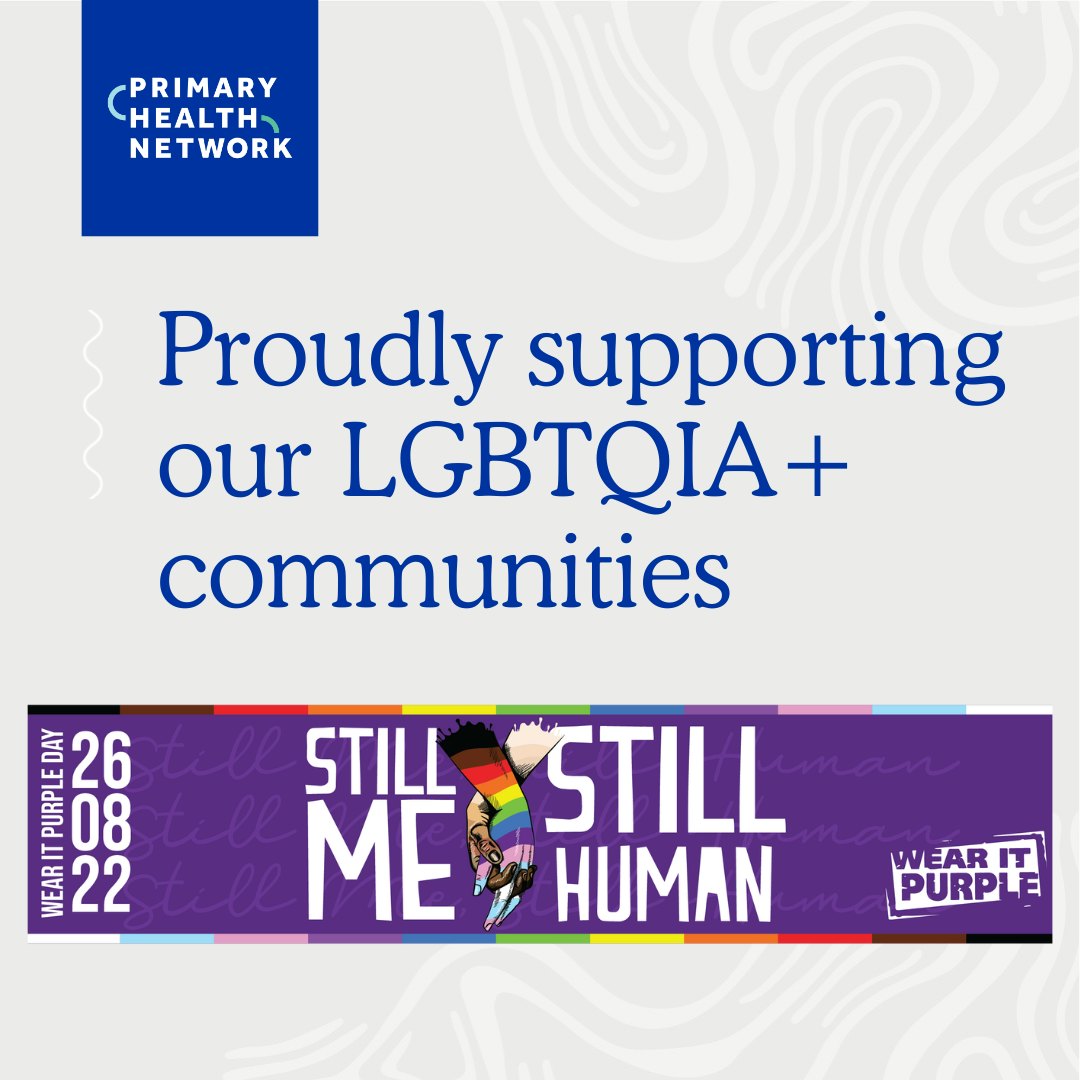
August 25 2022
The PHN Launches LGBTQIA+ Ally Collaborative to Promote an Inclusive Work Environment.
The PHN has launched a LGBTQIA+ Ally Collaborative with support from ACON to promote an inclusive work environment.
26
December 2022 Dec 2022
Almost all areas of the Hunter New England and Central Coast have seen the effects of climate change including recurring El Niña events. Prolonged periods of rain have fostered the growth of vegetation and the animals living within that habitat including an increase snakes and spiders.
TO MINIMISE YOUR RISK OF BEING BITTEN:
There are over 10 venomous species in Australia, and it is not always possible for a bitten person to identify the snake. Therefore, every snake bite should be treated seriously.
Most famous venomous snake species relevant in the Hunter New England and Central Coast context include the Brown Snake, Death Adder, Red Bellied Black Snake, Tiger Snake, and some species of Sea Snakes.
WHY DO SNAKES BITE AND WHAT ARE THE SYMPTOMS?
While most snakes don’t attack humans actively, snakes do bite to defend themselves when humans encroach into their habitat and come too close, or when snakes accidentally enter developed areas and encounter humans.
Signs of a snake bite are not always visible. In some cases, the patient may not have felt much, as some species have very thin fangs. Symptoms may not appear for an hour or more after the person has been bitten.
Depending on the type of snake, signs and symptoms can include some or all the following:
For more information visit: Fact sheets_snake bite.pdf (stjohn.org.au)
WHAT TO DO IF YOU ARE BITTEN BY A SNAKE
Apply a pressure immobilisation bandage by following the steps below:
Please refer to: Fact sheets_snake bite.pdf (stjohn.org.au), Top 5 things you need to do if you get bitten by a snake | Queensland Health
It can be difficult to know if a bite from a spider is dangerous or not. For medical purposes, there are 3 types of spiders (Spider bites - treatment, symptoms and first aid | healthdirect)
It is also important to be aware that bites from spiders can cause a severe allergic reaction (anaphylaxis) in some people.
SYMPTOMS AFTER A SPIDER BITE
General symptoms:
Additional symptoms of a Funnel-Web/Mouse spider bite
Additional symptoms of a Red-back spider bite
Possible other symptoms
Please also refer to: Fact sheets_spider bites.pdf (stjohn.org.au)
FOLLOW THESE ACTIONS IN CASE YOU ARE BITTEN BY A BIG BLACK SPIDER
Bites from a funnel-web or mouse spider can be very dangerous.
If someone gets bitten, help them to stay calm and follow these steps:
While seeking medical attention is necessary, it is important to note, that there have been no casualties from confirmed spider bites in Australia since 1979. An antivenom for Redback Spider venom was created in 1956, and one for Funnel Web venom in 1980 Spider facts - The Australian Museum. Also, many spider bites are so called dry bites, meaning the animal hasn’t injected any venom.
It is advisable that you only catch the spider if this doesn’t put you in the danger of being bitten. This would help medical professionals identify the species and assess the associated risk.
Anaphylactic shock
After being bitten by a spider or snake, some people occasionally develop a severe allergic reaction with heavy and prompt onset of symptoms of anaphylactic shock such as:
If someone is experiencing anaphylaxis, call triple zero (000) for an ambulance.
For all other spider bites, including bites from redback spiders, apply a cold compress or ice pack (wrapped in a clean cloth), directly over the bite site for 15 minutes to help relieve the pain and reapply as needed. Seek medical assistance if further symptoms or signs of infection develop.
Subscribe to our mailing list to get all the latest news updates delivered to your inbox.